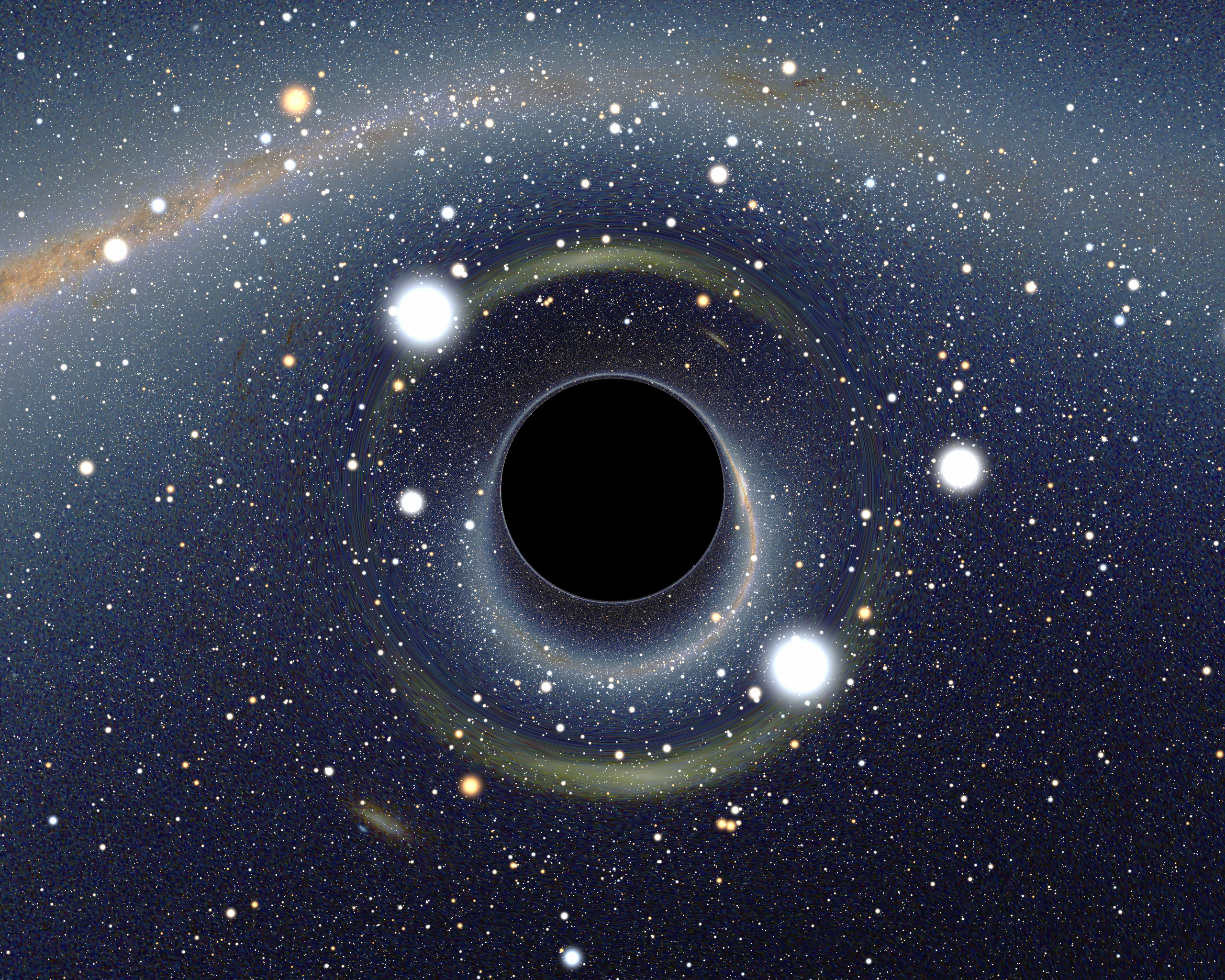Movie’s Special Effect Leads to Scientific Advance

Astrophysicist Kip Thorne has created a simulated black hole with properties quite similar to a real occurrence of this bizarre component of the universe. The simulation is being used as a visual effect for the film “Interstellar” and Thorne needed a staff of 30 technicians, along with multiple computer work stations, to complete this challenging project. The creation of this effect required complex mathematical computations and the result has been called the most accurate visual representation of a black hole ever made.
The movie, which premiers in North America on November 4th, depicts a dystopian future where Earth is no longer habitable for the human race. The storyline follows a crew of astronauts traveling through the far reaches of the universe in search of a new planet to call home. The end result is a visually intricate experience that brings the mathematical theories of relativity to life in three dimensions.
In theory, black holes were once stars that collapsed on themselves and created a vacuum of dark matter, generating enough force to bend the space-time fabric of the universe itself. Moving closer to the threshold of a black hole also changes perceptions of space and time.
The concept of bent and curved space has also appeared in other feature films, with Thorne applying and building on ideas from Carl Sagan. These visual effects incorporate the properties of wormholes as well. Along with Thorne’s work, both types of visual effects have been created, each with multiple tricks of light and reflection to create just the right optical illusions.
In short, in order to accurately create a visual for the black hole, Kip Thorne produced an entirely new set of equations that guided the special effects team’s rendering software. The result was a visual representation that accurately depicts what a black hole would look like in space.
Chris Nolan and Kip Thorne discuss their creative process in the video below:
